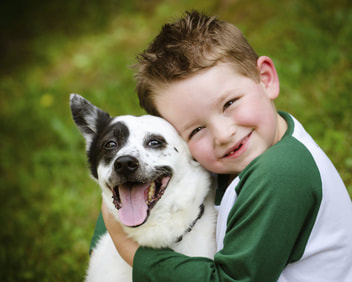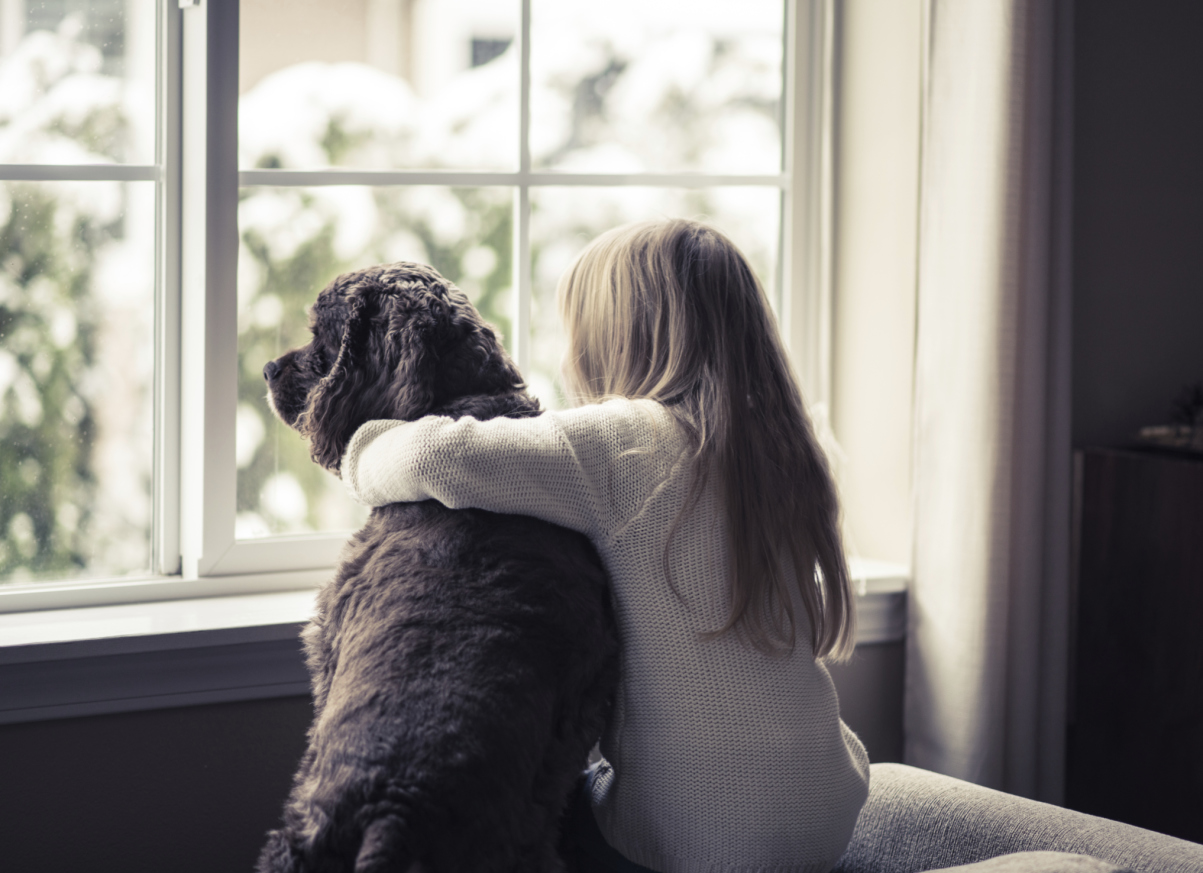| For decades, dogs have extended their reach far beyond their support role for the blind, for search and rescue, and for police support or military operations. As companions, they now support tens of thousands with emotional and other special needs issues. It should be no surprise that their presence has included their amazing healing capacities for those in hospitals of all types, from veterans of war to children’s cancer wards. But, that is just part of the growing value of their influence to calm and adjust trauma, for their role is expanding, gradually, into our public schools and classrooms. |
Some schools have experimented with canine programs, as both allies in special needs classrooms and to calm, in some cases, the emotional trauma of refugee children incorporated into our crowded schools. Some walk in hallways between classes. Some simply provide a presence that reduces tensions as a young child pets a friendly face that does not judge or bully. A few principals even keep them in the office to help defuse students with anger issues.

Many educators have noted the loss of empathy in their students. Dogs are now rescued from shelters to take on new roles where their integration into a school population provides the opportunity for emotionally distraught students to find joy in feeding, brushing, and even walking a school’s furry mascot. Can it really work? Yes.
New York City has its own Comfort Dog Program.
https://www.nytimes.com/2017/05/31/nyregion/school-comfort-dog-program.html
These success stories do not magically appear. It takes integrated planning across a school district’s operations, from the janitors to the superintendent, not to mention the Board and the PTA. There are always concerns to face, but the benefits far outdistance any real or imagined risks. In a time when marginal special needs students are often streamed into regular classes, dogs can be an essential tool to promote a peaceful atmosphere, especially for autistic students who may not immediately respond to other students offering caring, or a concerned teacher’s touch.
Dogs also provide the basis for a plethora of basic life lessons and skills. This is explained in detail in a terrific article in Education World: http://www.educationworld.com/a_admin/admin/admin559.shtm
This trend is international. It is time that every school district should consider this option, as a reduction in tension and anxiety increases a feeling of safety in a classroom. If students feel safe, they feel safe to learn. That is our belief at Safe to Learn.
Let dogs help make your school a safer place to learn.
Let dogs help make your school a safer place to learn.


 RSS Feed
RSS Feed